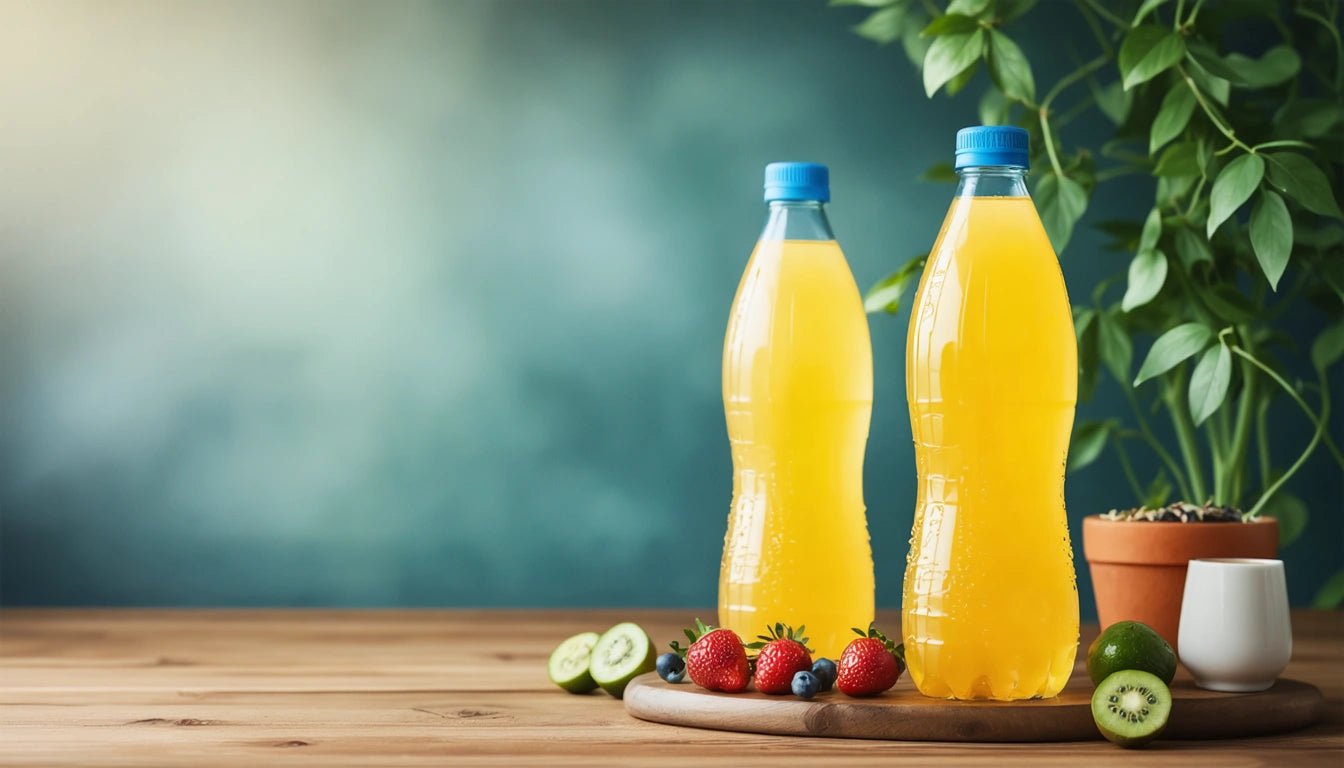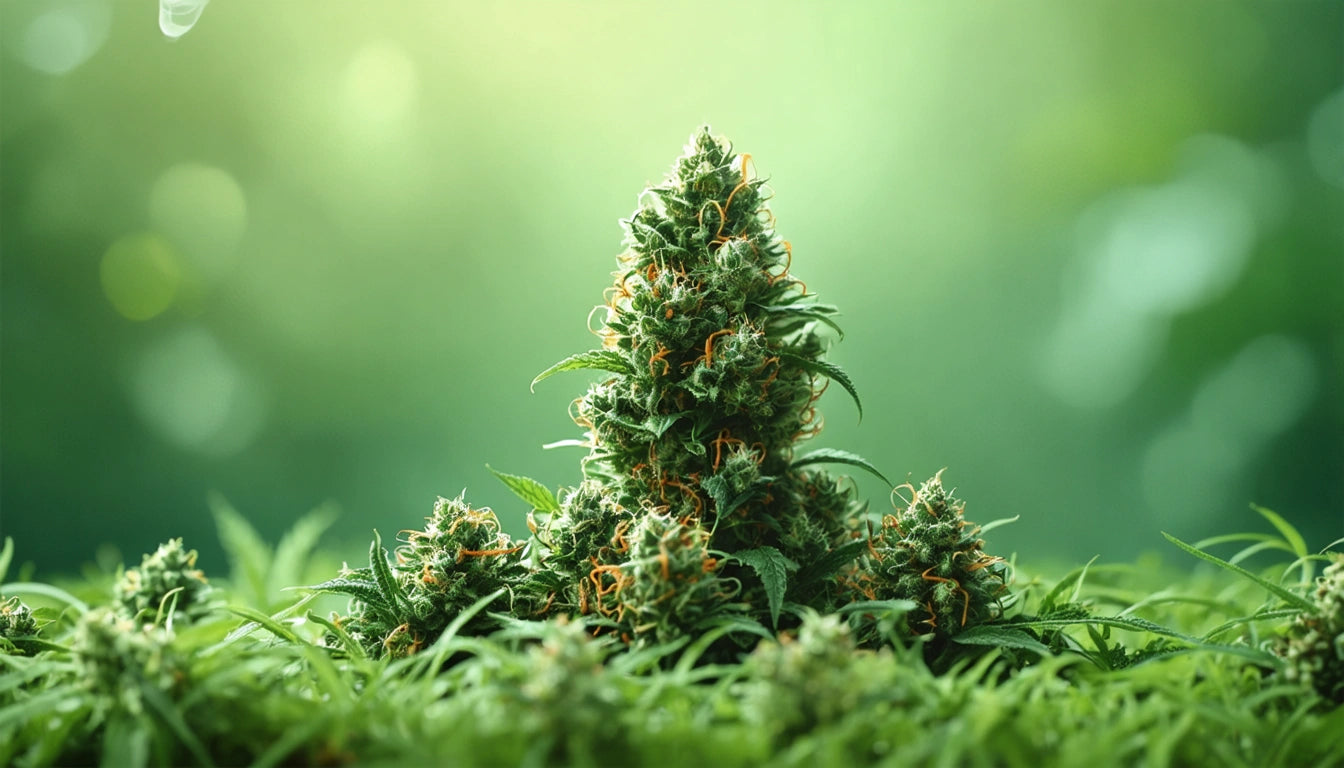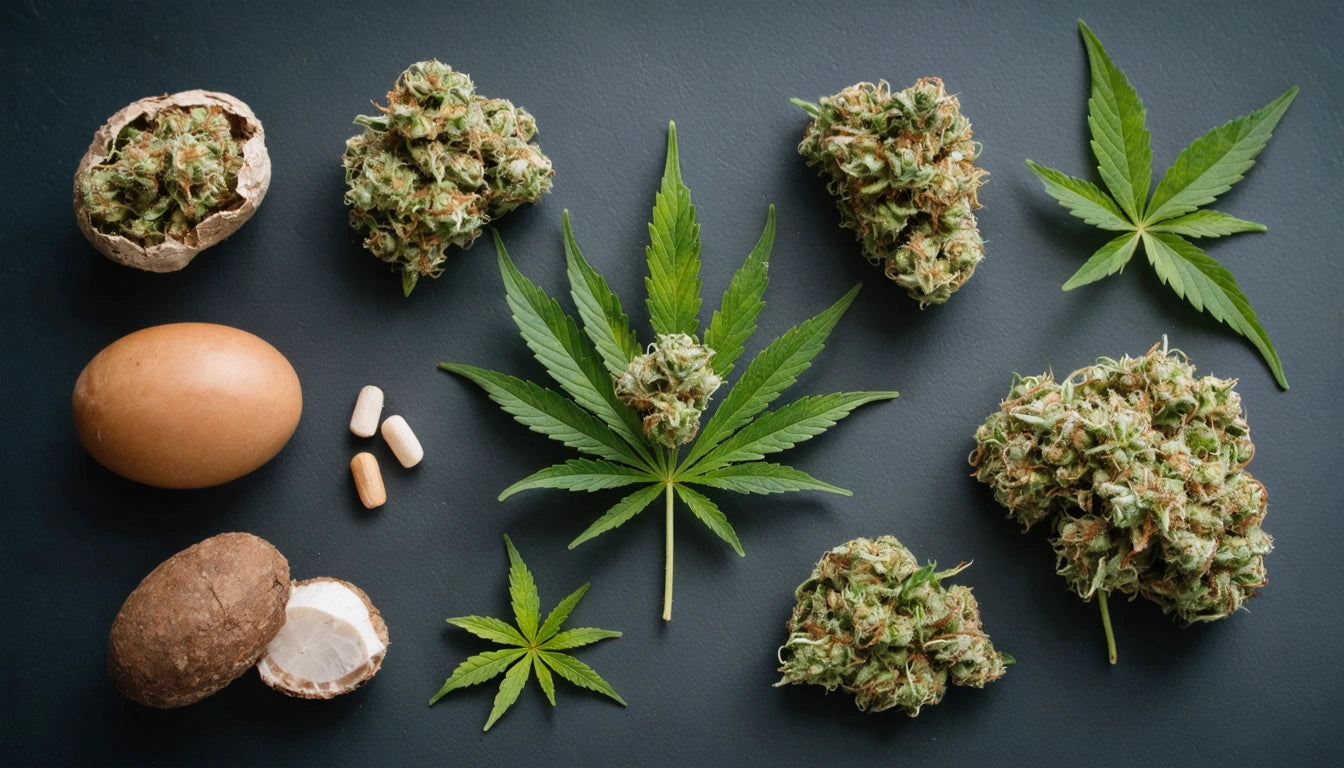Table of Contents
- Consumer Experience Focus: Tactile Elements and Usability
- Innovative Materials: Balancing Preservation and Sustainability
- Visual Branding: Color Psychology and Shelf Impact
- Functional Design: Convenience Features That Add Value
- Sustainability Initiatives: Meeting Modern Consumer Expectations
- Packaging Strategy: Key Takeaways for CPG Brand Growth
What CPG Brands Can Learn From Beverage Packaging
The beverage industry has long been at the forefront of packaging innovation, constantly pushing boundaries to capture consumer attention in highly competitive retail environments. Consumer packaged goods (CPG) brands across all categories can extract valuable lessons from beverage packaging strategies to enhance their market position, improve consumer engagement, and drive sales growth.
Consumer Experience Focus: Tactile Elements and Usability
Beverage brands excel at creating memorable unboxing and consumption experiences through tactile elements. The feel of a frosted glass bottle, the satisfying crack of an aluminum tab, or the premium weight of a spirits container all contribute to brand perception and value.
CPG brands can implement similar sensory considerations by:
- Incorporating textured surfaces that invite touch
- Using materials that communicate quality through weight and feel
- Designing opening mechanisms that create satisfying physical interactions
Research shows that tactile experiences significantly impact consumer perception of product quality. When consumers interact physically with packaging, brand recall increases by up to 70% compared to visual-only interactions.
Innovative Materials: Balancing Preservation and Sustainability
Beverage companies consistently pioneer new materials that extend shelf life while reducing environmental impact. From plant-based bottles to aluminum innovations, the industry balances preservation needs with sustainability goals.
For example, our specialized packaging solutions for various product formats demonstrate how material selection can be tailored to specific preservation requirements while maintaining brand consistency and environmental responsibility.
Material Innovation Strategies
CPG brands should consider:
- Exploring bio-based alternatives to traditional plastics
- Implementing oxygen and moisture barriers that extend shelf life
- Reducing material weight without compromising protection
- Testing compostable options for appropriate product categories
Visual Branding: Color Psychology and Shelf Impact
Beverage packaging masterfully employs color psychology to communicate product attributes and attract specific consumer segments. Clear color coding helps consumers quickly identify flavors, intensity levels, or product variations within a product line.
The most successful beverage brands create instantly recognizable silhouettes and color schemes that stand out on crowded shelves. This visual branding consistency builds recognition and trust while facilitating quick consumer decision-making.
Visual Strategy Implementation
CPG brands can enhance visual impact by:
- Developing distinctive silhouettes that stand out from competitors
- Creating consistent color systems across product variants
- Using visual hierarchy to communicate key benefits quickly
- Incorporating subtle texture and finish variations to enhance premium perception
Functional Design: Convenience Features That Add Value
Beverage packaging often incorporates functional innovations that enhance the consumer experience. Resealable closures, portion control features, and ergonomic shapes all add value beyond the primary containment function.
These convenience features create meaningful differentiation in crowded markets. When consumers find a package that fits seamlessly into their lifestyle, brand loyalty increases substantially.
CPG brands should evaluate their consumer usage patterns and identify opportunities for functional improvements such as:
- Single-handed opening mechanisms
- Portability features for on-the-go consumption
- Dispensing systems that control portion size
- Storage solutions that maximize shelf or refrigerator space
Sustainability Initiatives: Meeting Modern Consumer Expectations
Leading beverage companies have made substantial commitments to sustainable packaging, from reducing virgin plastic use to implementing closed-loop recycling systems. These initiatives respond to growing consumer demand for environmentally responsible products.
CPG brands can learn from these approaches by:
- Designing packaging with end-of-life considerations from the start
- Clearly communicating recycling or composting instructions
- Reducing overall material usage through structural design
- Exploring reusable packaging systems where appropriate
Sustainability initiatives should be authentic and measurable, as today's consumers are increasingly skeptical of vague environmental claims. Brands that make specific, verifiable commitments build trust and loyalty among environmentally conscious consumers.
Packaging Strategy: Key Takeaways for CPG Brand Growth
The most valuable lesson from beverage packaging is its strategic integration with overall brand positioning. Successful beverage brands view packaging as a core component of product development rather than an afterthought.
CPG brands should similarly elevate packaging considerations early in the product development process by:
- Including packaging designers in initial concept development
- Testing packaging prototypes with target consumers
- Evaluating the entire consumer journey from purchase to disposal
- Balancing innovation with operational efficiency
By treating packaging as a strategic asset rather than a necessary cost, CPG brands can create meaningful differentiation that drives consumer preference and loyalty in increasingly competitive markets.
The beverage industry demonstrates that effective packaging goes far beyond containing and protecting products. It communicates brand values, enhances the consumption experience, and creates emotional connections with consumers. By applying these lessons, CPG brands across categories can strengthen their market position and build lasting consumer relationships.











Leave a comment
All comments are moderated before being published.
This site is protected by hCaptcha and the hCaptcha Privacy Policy and Terms of Service apply.